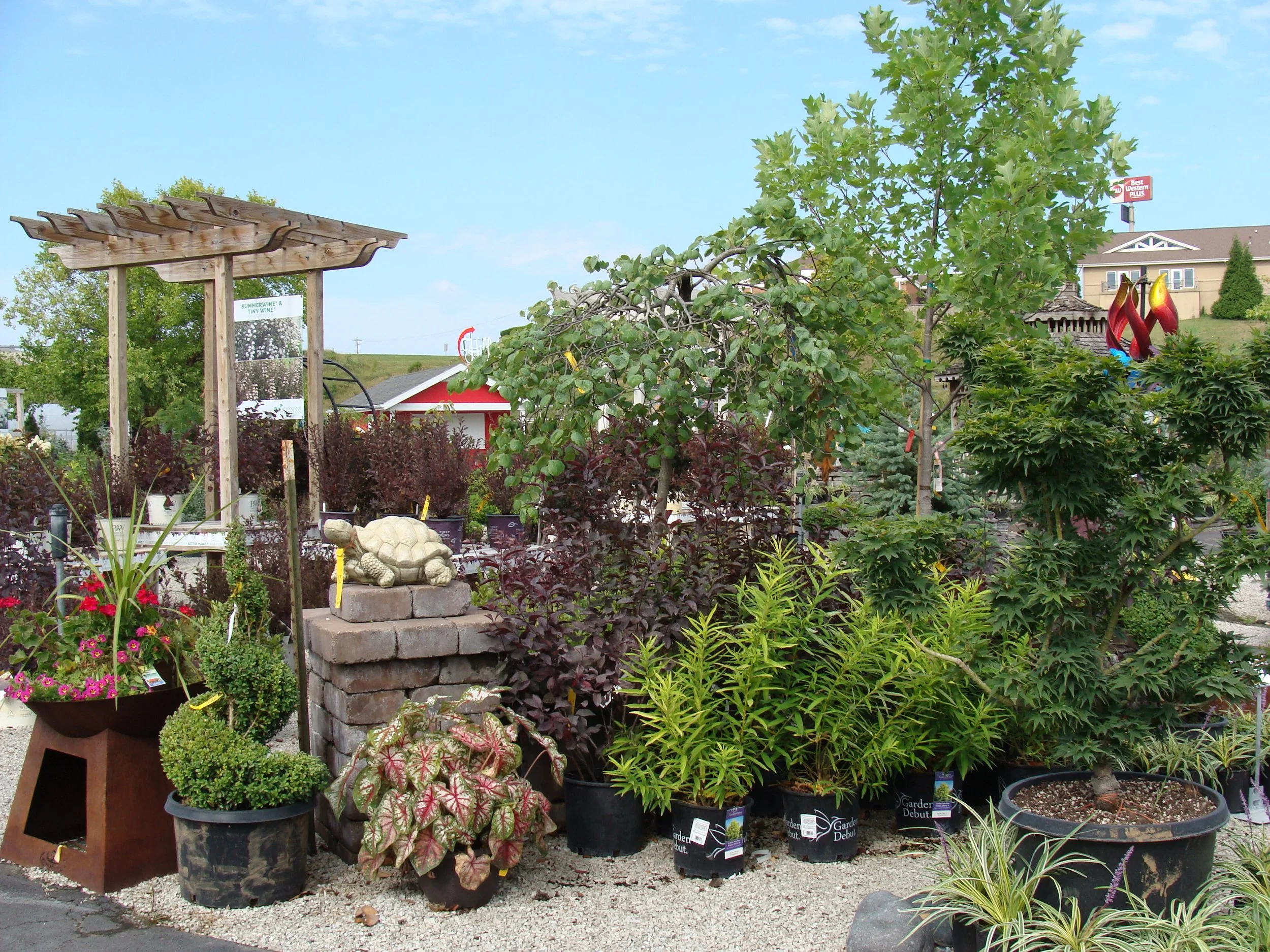Purple Martins
Graceful in flight, musical in its pre-dawn singing, this big swallow is one of our most popular birds. Purple Martins migrate to South America for the winter, but before leaving, they may gather to roost in groups of thousands in late summer.
Characteristics: Large, broad-chested swallows. They have stout, slightly hooked bills, short, forked tails, and long, tapered wings. Adult males are iridescent, dark blue-purple overall with brown-black wings and tail. Females and immature Martins are duller, with variable amounts of gray on the head and chest and a whitish lower belly. Purple Martins fly rapidly with a mix of flapping and gliding. They feed and roost in flocks, often mixed with other species of swallows. They often feed higher in the air than other swallows, which can make them tough to spot. Songs and calls include a liquid gurgling warble and a penetrating tee-tee-tee.
Diet: Insects. They feed on a wide variety of flying insects, including many wasps and winged ants, some bees, mosquitoes, flies, beetles, moths, butterflies and dragonflies. They also eat some spiders.
Nesting: Males return to nesting areas first in spring to establish nesting territories. Natural sites are in cavities, such as old woodpecker holes, in trees. They usually nests in colonies, especially in east, where almost all nest in multiple-roomed nest boxes put up for them. At least 4 housing cavities should be offered and 6 to 12 is a great start to attract a colony. Aluminum, thick plastic, wood, and natural gourds are all suitable materials for martin housing, provided that the exterior of the house is white in color to reflect heat and keep the housing cooler in hot temperatures. Martins prefer housing that is placed in open areas with clear flyways. Choose the center of the largest open spot available, at least 40-60 feet from trees and within 100 yards of human housing (they like houses to be near human activity with flyway space). In the southern half of their breeding range, martins may accept housing that is placed within 25 feet of trees, but open areas are always best. Housing should be lowered, sometimes on a daily basis while getting established, to remove competitor nests and to monitor the nests. Therefore, it’s helpful if the housing is on a pole that has a telescoping, pulley, or winch system to raise and lower the unit. Recommended height is 12-18’.
Note: Purple Martin numbers have declined seriously in parts of the west, and currently declining in the east. Reasons are not well known, but competition with other bird species for nest sites may be involved.
- - - - - - - - - - - - - - - - - - - - - - - - - - - - - - - - - - - - - - - - - - - - - - - - - - - - - - - - - -
Bird of the Week Special:
20% OFF
Purple Martin Houses
Good through 3/3/20. Not good with any other sale, coupon or discount or
on previous purchases. Print coupon or mention offer at the checkout counter.
Code: 004
- - - - - - - - - - - - - - - - - - - - - - - - - - - - - - - - - - - - - - - - - - - - - - - - - - - - - - - - - -







